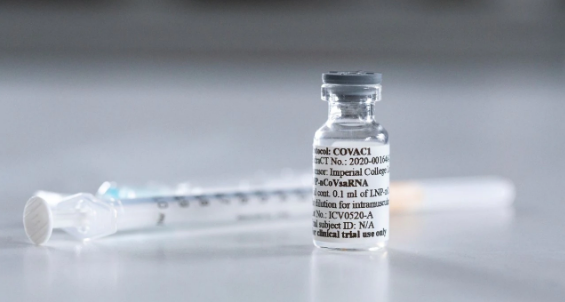COVID-19 vaccine frontrunner in final stage trials
Researchers are now in the midst of clinical (human) trials of a vaccine candidate developed by researchers at Imperial College London against the novel coronavirus, SARS-CoV-2. This will be the first time the vaccine is trialed in humans and will reveal whether it is safe and effective in mounting an immune response against COVID-19.
It will also be the first time a novel technique in vaccine development – called self-amplifying RNA technology – is put to the test, allowing scientists to respond more quickly to emerging diseases in the future, a report by Imperial said. The vaccine candidate was reportedly developed and sent through to clinical trials after £41 million in funding from the British government and a further £5m in donations.
The vaccine passed a rigorous pre-clinical test in animal studies, where it found safe and produced encouraging signs of an effective immune response. In the clinical trials over the coming weeks, 300 healthy participants will be given two doses of the vaccine over two visits – an initial dose and then a second boosting dose four weeks later. This, in the hope that it can produce a safe immune response against the SARS-CoV-2 virus in their bodies. If it passes this first test, a larger trial (Phase III) is planned for later in the year with roughly 6000 healthy volunteers to test its effectiveness.
"From a scientific perspective, new technologies mean we have been able to get moving on a potential vaccine with unprecedented speed. We’ve been able to produce a vaccine from scratch and take it to human trials in just a few months – from code to candidate – which has never been done before with this type of vaccine," Shattock added.
This, the researchers think, would prepare the immune system to respond to the coronavirus so the body can easily recognize it and defend itself against COVID-19 in the future.
The researchers expect to publish findings once the safety data are available, and are hopeful that a viable vaccine comes from the effort that is available by April 2021.




Comments